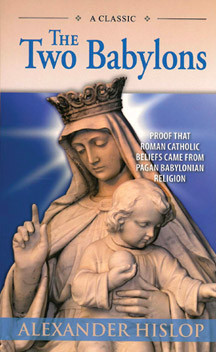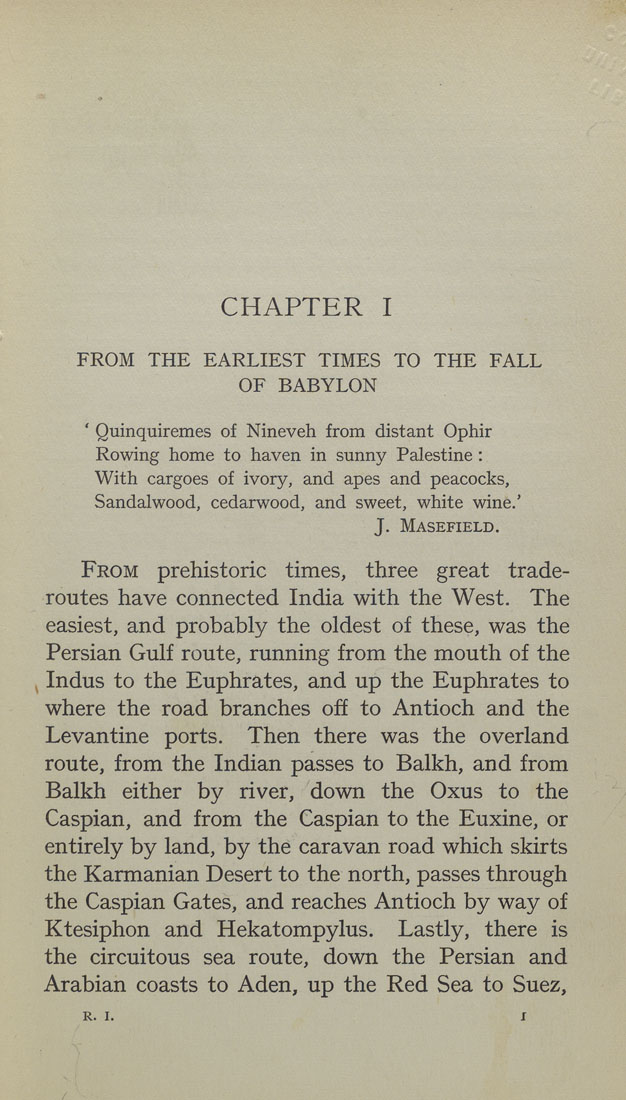
It will investigate material, formal, epistemic, conceptual, diagrammatic, practical, contextual and institutional aspects of all mathematical tablets of the Babylon-Sippar collection. This project significantly expands the Late Babylonian mathematical corpus, also adding at least one hitherto unknown textual genre. 115 tablets, remains sparsely documented and studied compared to earlier Mesopotamian mathematics and Late Babylonian mathematical astronomy. However, Late Babylonian mathematics, currently represented by ca. A more complete understanding of Late Babylonian mathematical practices is therefore of great importance for Assyriology and for the historiography of knowledge and science in general. astral science, divination, healing practices, commentaries, hermeneutics and cultic practices subsequently informed scholarly practices throughout the ancient world and beyond. The increasing use of mathematics in scholarship, e.g. 700 BCE – 100 AD) is a pivotal era of innovations in Mesopotamian scholarship. 60 unpu blished tablets from that collection. The project entails a comprehensive study of Late Babylonian mathematical practices attested in sources from the Babylon-Sippar collection of the British Museum, including an edition of ca. Finally, two fragments contain multiplications Most other fragments belong to tables with reciprocals (Section Power 39 - the longest number attested in ancient Mesopotamia and, probably, inĪll antiquity.

Text B it is a 30-digit number equivalent to 9 to the power 11 times 12 to the The initial number is a 25-digit number equivalent to 9 to the power 46 in Its constituent factors (9 or 12), very likely until 1 is reached. Raised to a high power, or a product of such numbers, is repeatedly divided by Tables a very large sexagesimal number representing a small factor (9 or 12) Unknown class of very large factorization tables that can be adequatelyĭescribed as Babylonian examples of number crunching (Section I). Two remarkable tablets represent a hitherto Present paper, 16 fragments from Babylon, probably belonging to 13 different Preserved, well-studied Old-Babylonian predecessor (1800-1600 BC). Tablets from Babylon and Uruk, is incompletely known compared to its abundantly Late-Babylonian mathematics (450-100 BC), represented by some 60 cuneiform The conclusion discusses the reasons of the interest shown by these scholars for the art of evaluating surfaces. This contribution analyses how different mathematical and metrological cultures were combined by scholars linked to the milieu of the āšipus of Achaemenid Uruk. Mathematical texts from the Achaemenid period echo a cross-fertilization between various metrological cultures, the ones resulting from a long transmission of mathematical knowledge from generations to generations during several centuries, the others developed in Mesopotamia in late periods for administrative or juridical purposes. Indeed, the metrological systems for lengths, surface and capacity differ in many respects in Old-Babylonian and Late-Babylonian sources.

One of the more striking aspects of these methods is the way in which they confront ancient and new metrological systems. These tablets deal mainly with diverse methods to evaluate surfaces. This chapter provides a close examination of the content of a set of mathematical tablets discovered in a room of the Achaemenid level of this house. Most of the mathematical texts from Late Babylonian Uruk were found in the ‘House of the āšipus’, altogether with other scholarly texts, including astronomical, astrological, medical, lexical texts, rituals, prayers and others.


 0 kommentar(er)
0 kommentar(er)
